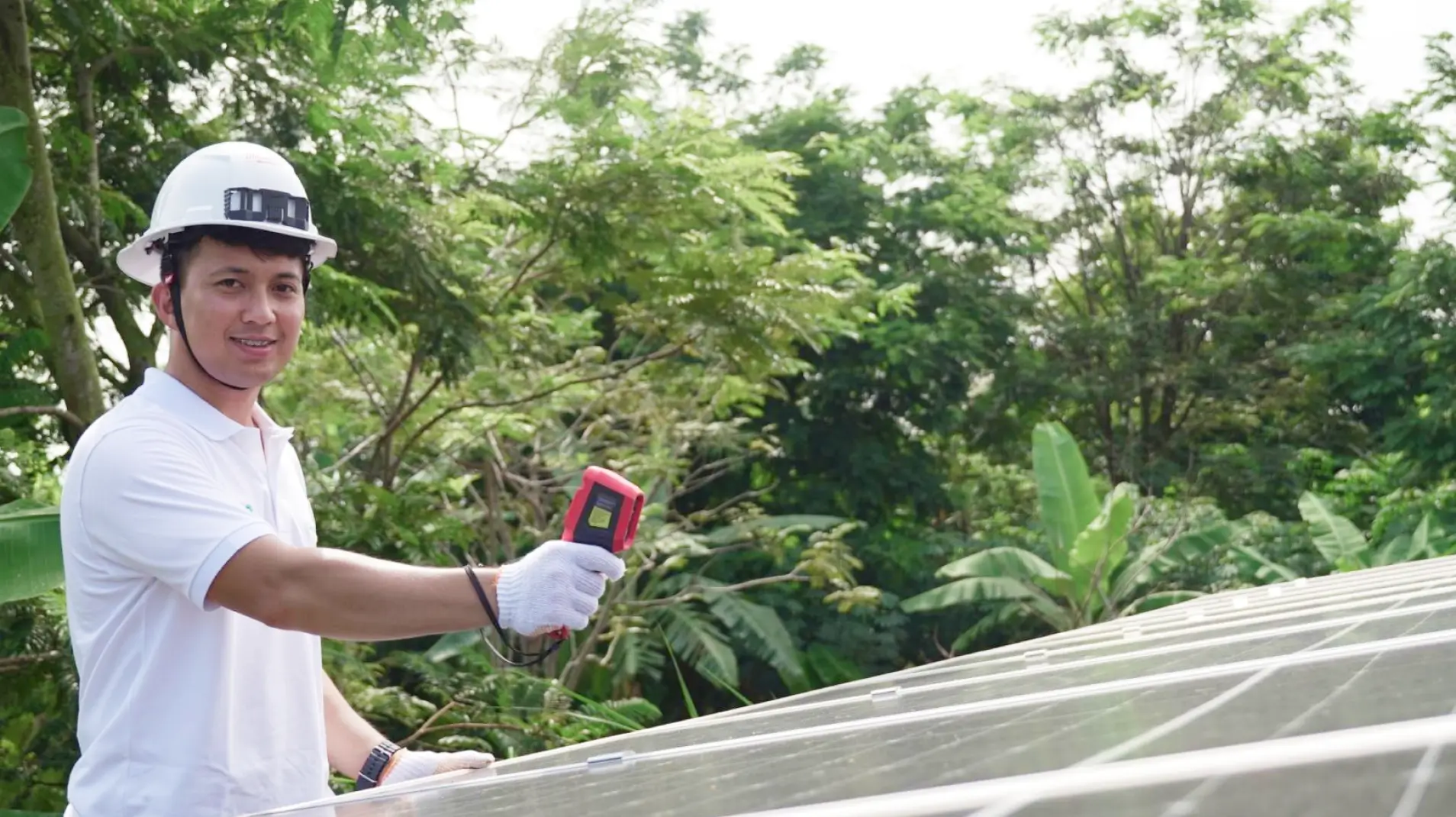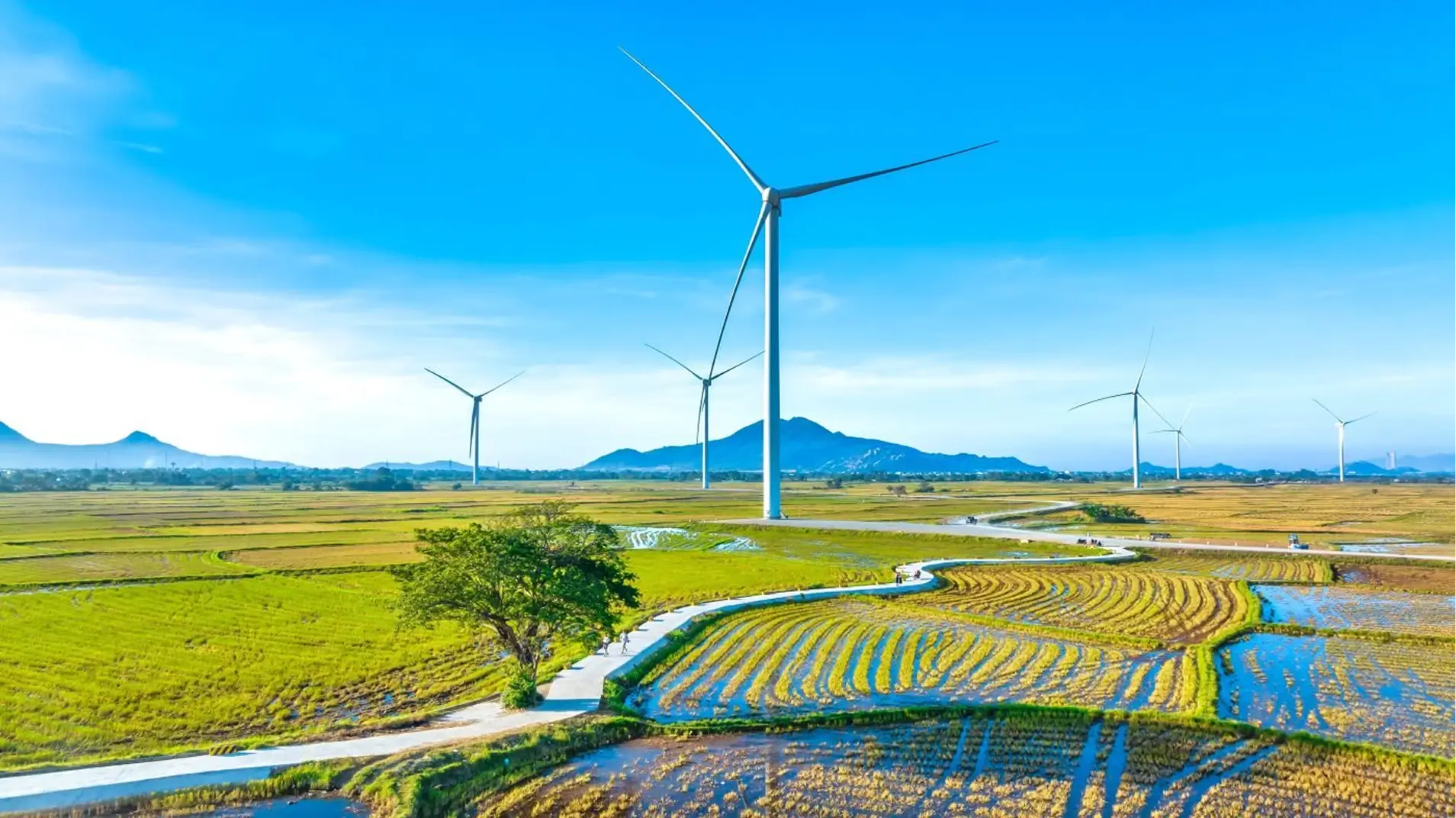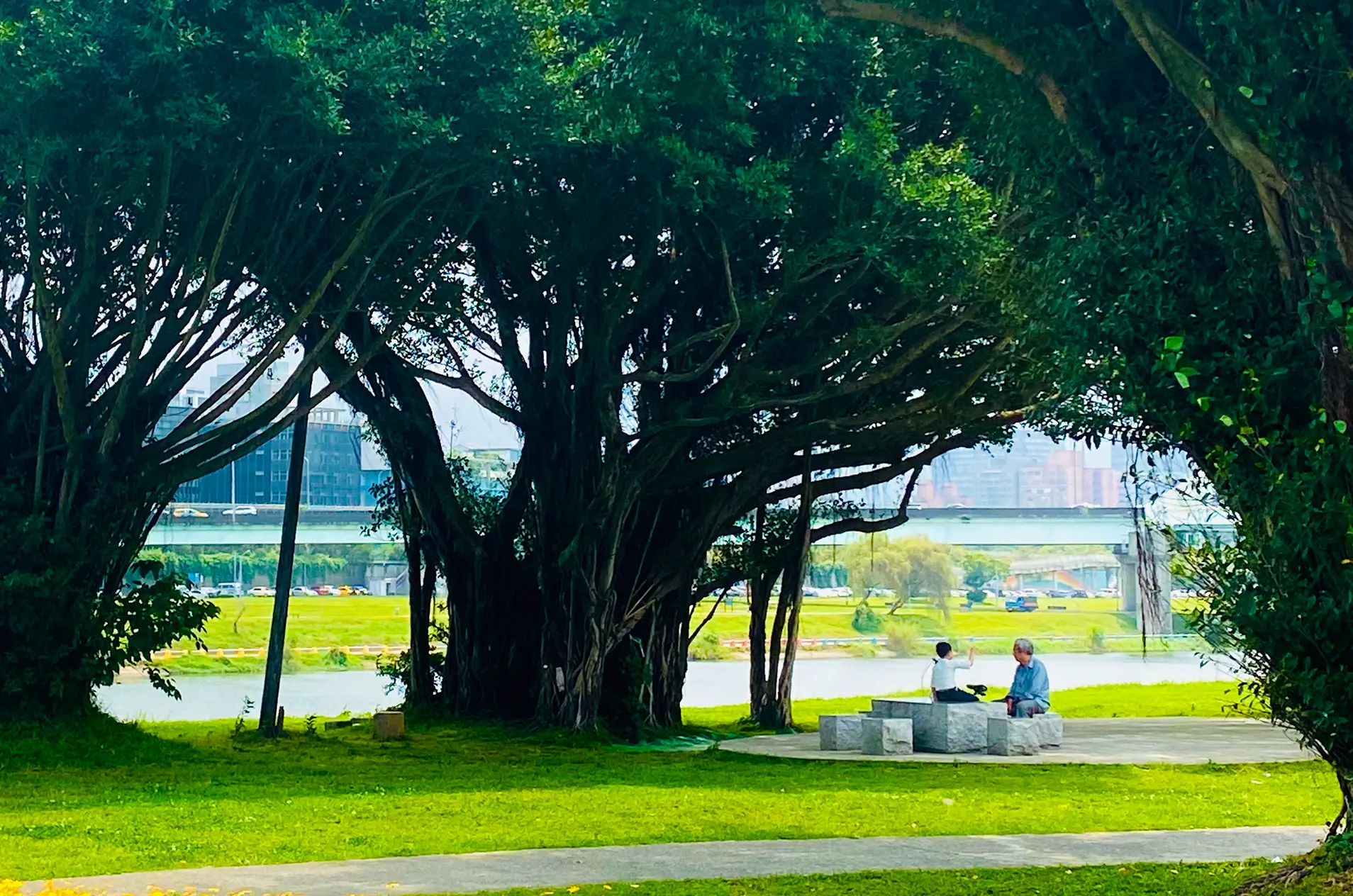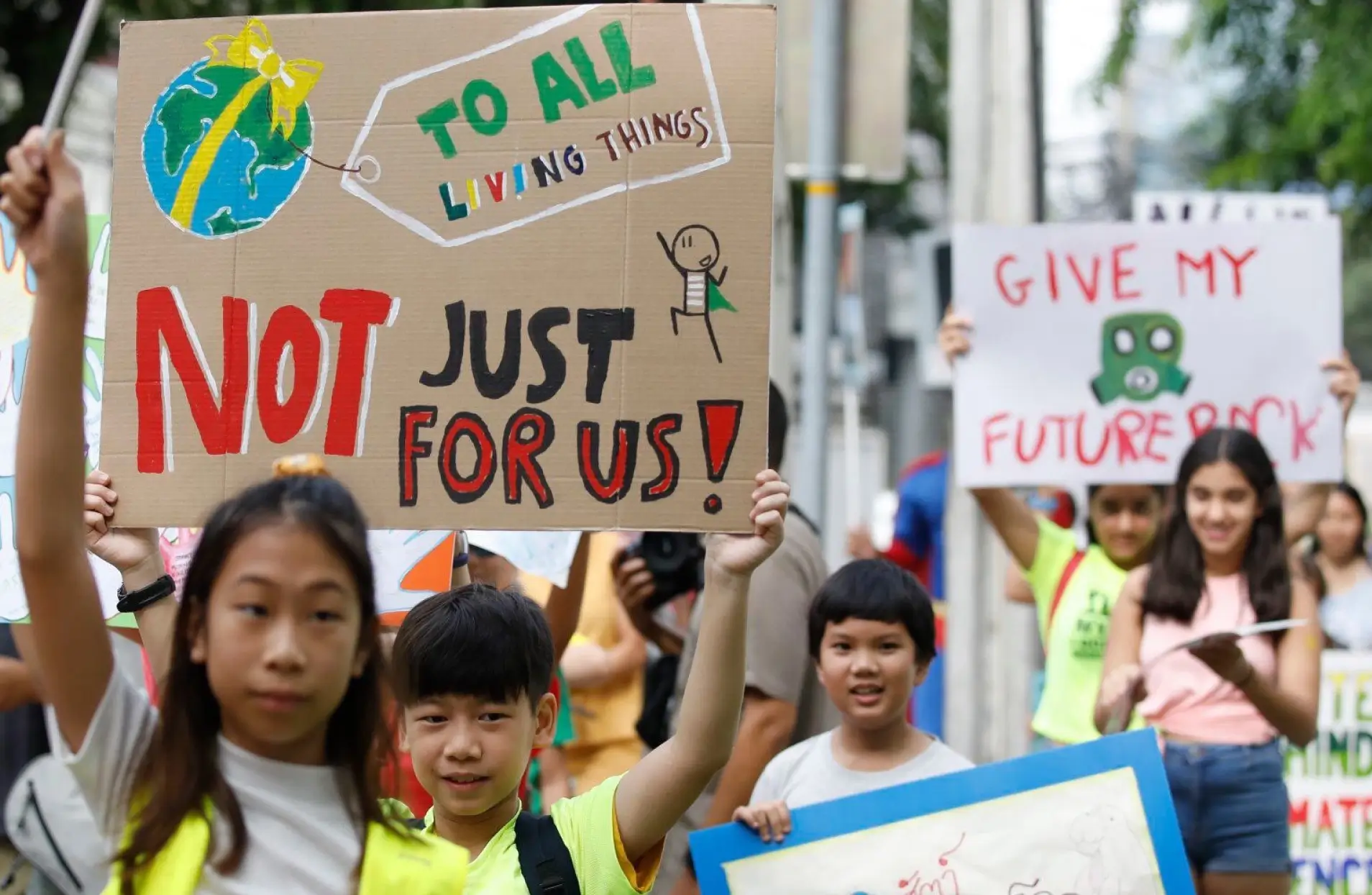By SEAChange editorial staff
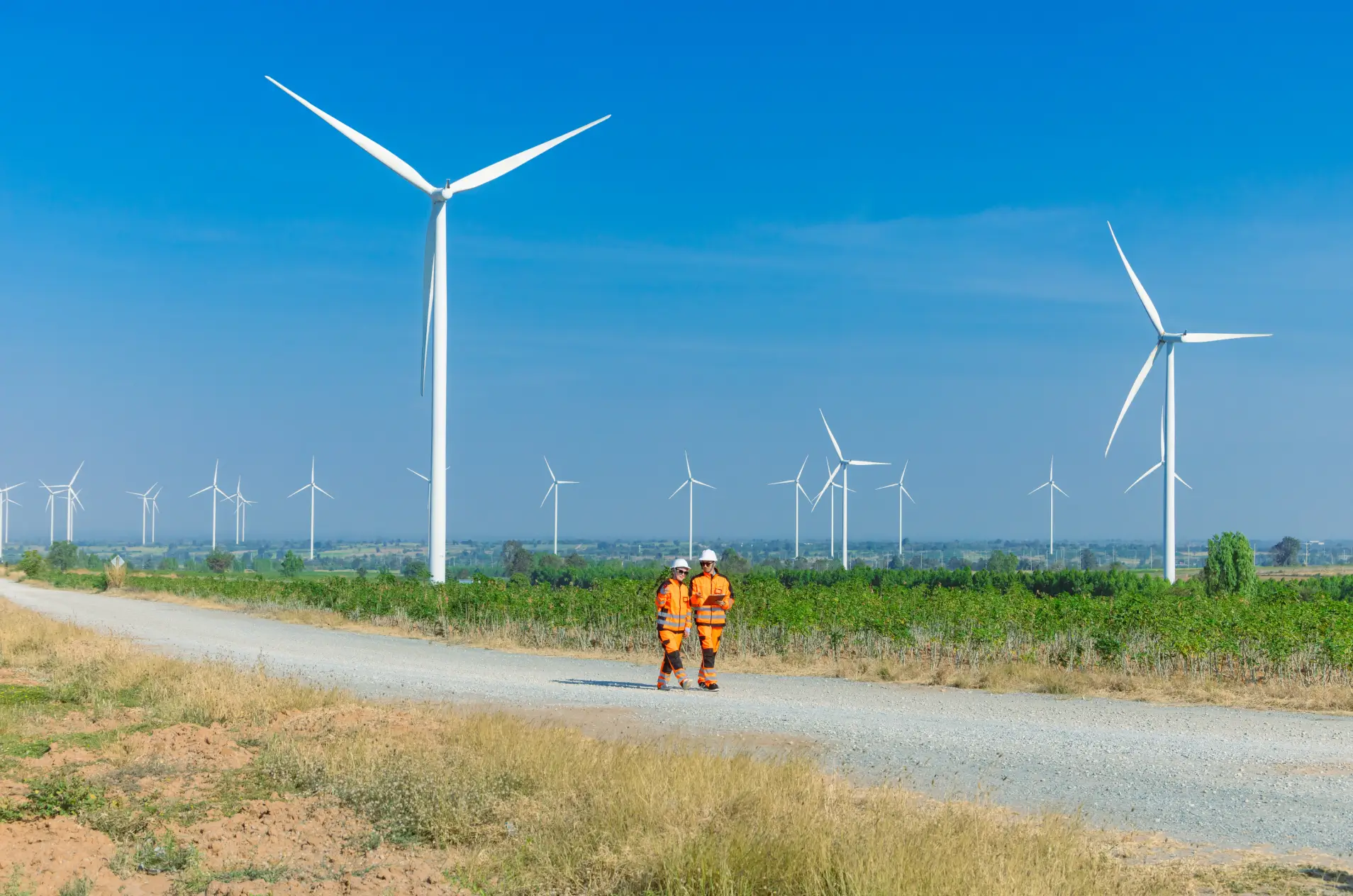
A recent report from the UN Climate Change Regional Collaboration Centre for Asia and the Pacific highlights how Pacific Island countries are stepping up as leaders in the global fight against climate change. Although they are responsible for just 0.03% of global greenhouse gas emissions, Pacific Small Island Developing States (PSIDS) are demonstrating outsized leadership by aligning their Nationally Determined Contributions (NDCs) and national policies with the Paris Agreement goal of limiting warming to 1.5°C by century’s end.
The report, What does mitigation ambition mean for the Pacific?, notes that all 14 Pacific Small Island Developing States submitted their first NDCs by 2015, and since then 11 have delivered updated or enhanced second submissions. These new plans set ambitious targets in renewable energy, sustainable transport, and nature-based solutions—with six countries aiming for a full transition to 100% renewable energy.
If small island nations with the least responsibility for the crisis can chart such ambitious paths, could Southeast Asia—with its vast resources, larger economies, and rising emissions—do the same? The stakes here are just as high: floods sweep through Jakarta’s neighborhoods, super-typhoons batter the Philippines, and farmers in Vietnam’s Mekong Delta watch saltwater devour rice fields.
Southeast Asia at a Crossroads
Governments in the region have not stood still. Singapore has expanded its solar deployment, Vietnam became one of the world’s fastest-growing solar markets almost overnight, and Indonesia has pledged to reach net-zero by 2060 or sooner. These are meaningful steps, but they remain far short of the pace and scale the region needs. Too often, progress is tied to the slow rhythm of diplomacy, waiting on leadership outcomes from COP summits or new promises under the Paris Agreement. We do not have that luxury of time.
Since the Paris Agreement was signed in 2015, global emissions have not fallen; they have risen (2024 was the hottest year on record). Pledges have multiplied, but so too have gigatonnes of carbon in the atmosphere. Successive COP meetings have been celebrated for symbolic progress, yet real action has been slowed by vague language, voluntary targets, and the heavy hand of fossil-fuel interests. COP29 in Azerbaijan was the latest reminder that these global platforms are more adept at producing press releases than delivering the climate finance and accountability that vulnerable regions like SEA urgently need. ASEAN itself is a little better. Regional strategies for 2050 remain aspirational, lacking binding commitments or enforcement. The frameworks matter, but they are not delivering change at the speed required.
Climate action in Southeast Asia will not be secured in negotiation halls in Europe or the Middle East. It may very well be won in the rice fields of Vietnam, on the rooftops of Manila, in the rivers of Indonesia, and in the streets of Bangkok.
Power From the Ground Up
The real leadership, in fact, is coming from below. In the Philippines, citizens installing rooftop solar forced regulators to adopt net-metering policies, turning individual energy choices into systemic change. In Indonesia, the nonprofit IBEKA built micro-hydro plants that now power half a million people, proving that communities can electrify themselves long before state utilities extend the grid. The “Mothers of Light” initiative in Riau islands shows how women, trained as solar entrepreneurs, can eliminate kerosene use and strengthen rural livelihoods simultaneously. In Bangkok, communities working with architect Kotchakorn Voraakhom transformed urban landscapes into flood-absorbing parks, an elegant citizen-driven response to rising waters.
These are not isolated experiments. They are the blueprint for how Southeast Asia can confront climate change: decentralized, citizen-driven, and locally adapted. What is missing is the scale. Imagine citizen alliances across ASEAN’s cities and villages, linking youth activists, professionals, small businesses, and community leaders into networks that share models and solutions across borders. Picture grassroots solar cooperatives financed through crowdfunding, or regional showcases where urban resilience projects in Bangkok inspire similar initiatives in Ho Chi Minh City or Cebu.
If citizens and communities collectively act—if we claim agency over our future—the region can move from vulnerability to leadership. Climate action in Southeast Asia will not be secured in negotiation halls in Europe or the Middle East. It may very well be won in the rice fields of Vietnam, on the rooftops of Manila, in the rivers of Indonesia, and in the streets of Bangkok—where citizens are already showing that the fight has begun.

